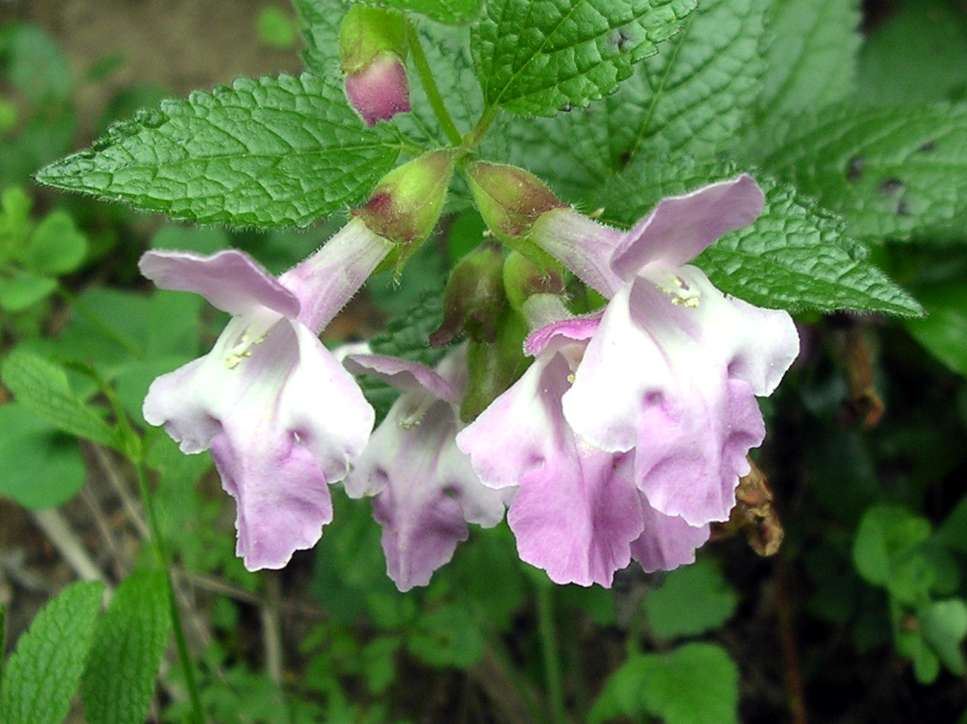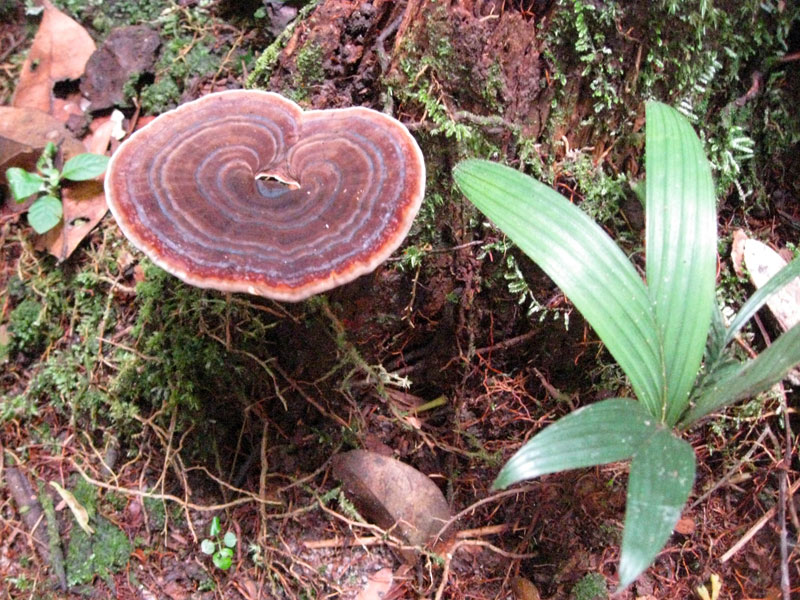Tika Khan, Imtiaz Ahmed Khan, Abdul Rehman, Maisoor Ahmed Nafees, Rehmat Karim
Integrated Mountain Area Research Centre, Karakoram International University, Pakistan
Department of Biological Sciences, Karakoram International University, Pakistan
Key words: Berberis, Anthropogenic pressure, Natural resources, Medicinal Plants, Ethnobotany, Karakoram, Critically endangered.
 Abstract
Abstract
Present study was aimed at assessment of anthropogenic pressures and documentation of ethnobotanical wisdom regarding Berberis species in traditional landscape of Karakoram Mountain Ranges. Cultural transformation has drastically declined ethnobotanical wisdom and human negligence and increasing pressures have made Berberis threatened (n=102; 27.3%). Using a stratified random sampling tools and techniques, 373 people were interviewed. 92.2% (SE±0.057) people use Berberis for medicinal purpose. Similarly, 19.3% (SE±37.375) for firewood, 2.41% (SE±1.692) commercial, 2.41% cultural, 16.08% fodder (SE±11.474), 19.03% fencing (SE±6.895) and 100% grazing (SE±1.035). Every year a total of 19.428 metric tons (MT) of Berberis is used for medicinal, firewood, commercial, fodder and fences purposes. Descriptive and inferential techniques were employed to analyze data. Rampant unwise developmental activities(-30.77%) and unchecked grazing (-22.12%) are key depressing forces against Berberis population. Berberis species have become critically endangered in the area. Moreover, community perceptions are also beriberi-phobic (anti-Berberis). Negligence on this part may potentially ruinous for its existence.
Get the original articles in Source: Volume 5, Number 4, October 2014 – JBES
Journal Name: Journal of Biodiversity and Environmental Sciences (JBES)
Published By: International Network for Natural Sciences
Related Post: Impact of wastewater irrigation on concentration and absorption of nutrients and heavy metals in barley in calcareous soils – JBES



